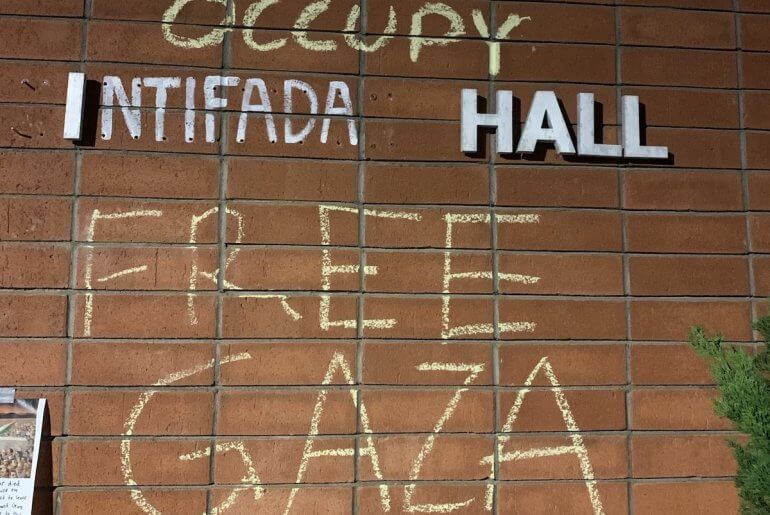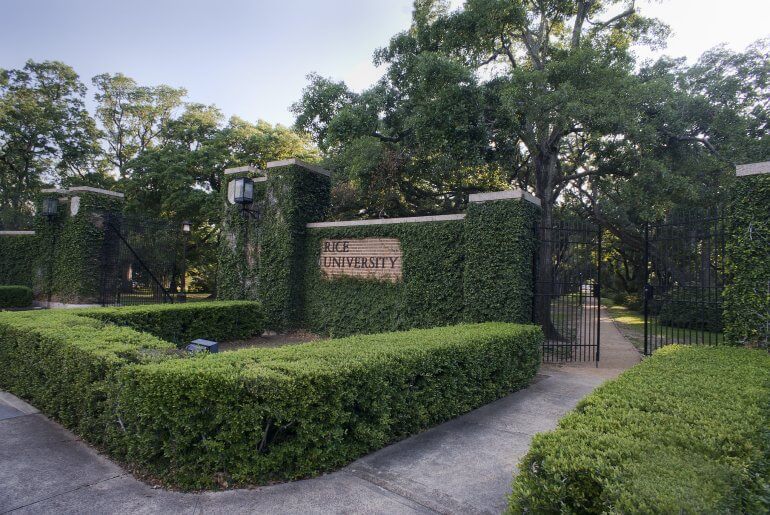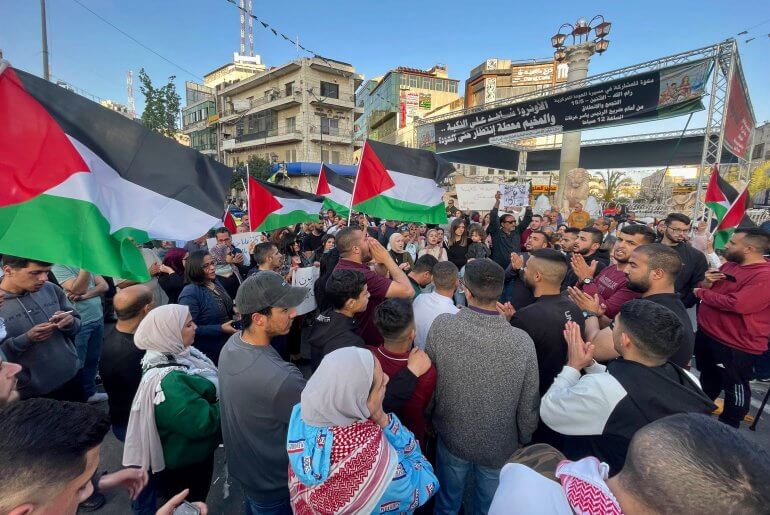This is not the first time that Israeli authorities declared their intention of demolishing Lifta, a Palestinian village occupied in 1948 that is located at the Western approaches to Jerusalem. The plan to rebuild a Jewish neighborhood on the village ruins refers to the area around the famous fountain, “the root of the village”, as the Palestinian villagers used to call it.
On previous occasions, Lifta has managed to escape total erasure for various reasons. Its homes, empty and derelict, have come to signify resilience and clinging to the ground, or Sumud in Arabic. Lifta, a living artwork, conveys the sad and angry story of the Nakba arch by surviving wall. It is visible from afar and cannot be avoided.
Lifta testifies to denial, to ongoing and unscrupulous Israeli colonialism, to wrongdoing. The crime began in December 1947, right at the start of the Nakba, in the massacre at Saleh Issa’s café, in Upper Lifta (now the Jewish neighborhood of Romema). It continued with the villagers’ expulsion in early 1948, and deepened with the prevention of their return – an absolute refusal to grant them that right, which is still in force today. Nevertheless, Lifta must not remain a silent witness to the Nakba – it is also symbolic of the desire for life, calling for redress and beckoning its refugees to come home.
In February 1948, Ben-Gurion commented happily, “Lifta is empty of foreigners”. A few months later, he had Jewish immigrants from distant lands settled in the depopulated village, using them – as commonly practiced elsewhere – to guard the place lest the Palestinian owners return. These actions were typical of the expert on population transfer and settler-colonialism, well aligned with his vision of Judaizing space.
After about two decades, settler-colonialism had a change of plans, but not of heart. The Israeli government moved the Jewish families to new neighborhoods, and the houses of Lower Lifta remained empty, surrounded by lush greenery. The authorities declared it a “park”, and opened it to visitors. The fountain kept on flowing, and the fig and cactus trees kept sprouting, gazing at the houses around them as if waiting for their long-gone builders. They looked on as visitors kept swarming the place, some of them sad and forlorn, others simply curious, and still others too blinded by its natural and man-made beauty to acknowledge the place’s identity.
In the spring of 2021, the Lifta Boutique Hotel was inaugurated in one of the Palestinian mansions. From a vantage point of 700 meters above sea level, the hotel overlooks a landscape of depopulated houses, providing a panoramic view of the crime scene. Styled in the orientalist tradition, Lifta Boutique markets itself as a European-standard resort with breathtaking scenery. It also offers young couples wedding parties in a romantic atmosphere. In its suites, “you will feel as if you have passed through a time machine, jumping for a visit decades ahead”. In practice, the suites, the scenery, and those houses silently facing the hotel guests are all Palestinian, and all take the ordinary person back in time, offering a visit decades into the past. Precisely they are supposed to raise questions on the meaning of that landscape, the story of that village. The time machine takes us to the beginning of the Nakba. In the hotel’s marketing materials, however, you will find not a single word about the depopulated Palestinian village of Lifta. The text itself travels across time and truth, ignoring the voiceless witnesses surrounding the resort. This practice disrespects people’s intelligence, intent on manufacturing a false consciousness that serves the political aim of the Israeli project, together with the hotel owners’ profit motive. A prime example for the audacity and mendacity of the condescending colonialist.
In the summer of 2021, Israeli authorities drew up plans for evicting Palestinian families from Sheikh Jarrah and Silwan in East Jerusalem, and for destroying entire villages in the Negev, and went on persecuting Palestinian communities in the Jordan Valley and South Hebron (al-Khalil) Hills, and evicting Palestinians within sovereign Israel in Jaffa, Lydd and the Galilee. Against this background, the Israel Land Authority declared its intention to relaunch the tender for building a new Israeli residential neighborhood in Lifta. This is the infamous Urban Construction Plan 6036, originally launched in 2004 and suspended in 2012 following a civil society struggle by the Save Lifta Coalition. The plan calls for 260 villas and apartments, a hotel, a commercial center, a museum and other public facilities. The project has been described as a “real estate gem”. The original village of Lifta is indeed a gem. The proposed upscale neighborhood is a colony – a fake gem designed to cover up wrongs and prevent justice, to erase and eradicate the Palestinian identity of Lifta, to conceal the evidence to its existence and dash the hopes of its refugees to return.
The announcement of the renewed tender was made during Jerusalem Day – celebrated on the anniversary of the occupation of East Jerusalem in June 1967 – and at the same time in the shadow of Palestinian protests and struggles, both local and international, against the expulsion plans in Jerusalem. The Palestinians managed to disrupt the Israeli ceremonies, forcing the organizers to cancel the provocative Flag Parade, planned to pass through Palestinian neighborhoods within the Old City. Those behind the renewal of the Lifta tender sought to time its publication with Jerusalem Day, and even defined it as an “auspicious and moving Zionist act”. Indeed the destruction, depopulation, and eradication of Palestinian communities and their rebuilding and resettling by Israelis are bona fide Zionist acts.
In response to the announcement, acts of solidarity with Lifta have intensified, and many more have visited the village. The Lifta refugees are preparing to renew the struggle in order to save what is left of their village. Yaqub Odeh, a refugee driven out of Lifta at age eight and a member of the Sons of Lifta Society NGO, says:
We will knock on all doors, and although we don’t trust the Israeli legal system, we will try working with it as well in order to take advantage of any opportunity to preserve Lifta. We want international and local responses. We want international pressure. I want to return to my home. This is my right. It is protected by international laws and conventions. But at this point, given the immediate danger looming over what remains of my house and my village, I want to at least halt the current demolition plan and rebuild what remains, as a symbol and testimonial, as memory and hope.
We at Zochrot have organized dozens of activities and tours in Lifta over the past twenty years, for groups, activists, journalists and scholars from all over the world, and have taken part in disseminating the issue of Lifta and the history of the Nakba in general. Unlike other Israeli civil society organizations also opposed to the Lifta construction plans, Zochrot calls for acknowledging the Israeli responsibility for the expulsion of Lifta’s Palestinians and for realizing their right to return to the village, rebuild it and reconstruct their lives. From our point of view, Lifta must be saved not only because it is a gem of precious natural beauty and human architecture, not only because of its historical terraces and magical fountain. Saving Lifta is also the right political move, a step towards healing and redress.
This educational video is also a message of refusal to accept the current situation in Lifta, and an act of resistance to the destructive plan that seeks to finally erase the Palestinian village. It is also a response to the calls of Lifta’s refugees to intensify the struggle and combine local and international efforts for saving Lifta and ensuring its right to exist, to expose the wrongs of the ongoing Nakba, to end the policies of colonialism and dispossessions, and to create a future of justice and equal rights – above all the right of all Palestinian refugees to return to their lands and homes, and to Lifta.
We also invite you to join our solidarity and education tour to Lifta on Saturday August 28, at 16:00.
Zochrot
Zochrot (“remembering” in Hebrew) is an NGO working since 2002 to promote acknowledgement and accountability for the ongoing injustices of the Nakba, the Palestinian catastrophe of 1948 and the reconceptualization of the Return as the imperative redress of the Nakba and a chance for a better life for all the country’s inhabitants. To learn more visit: zochrot.org.



This Zochrot video is a moving encomium to what was lost in the Nakba–lost by Palestinians of course, but also by the whole world. Umar al-Ghabari’s masterful matter-of-fact narration serves to accentuate the catastrophic dimension of the loss.
A lovely film. I didn’t get to Lifta when I was there – I wasn’t up to walking all the way down, and all the way up again. Thank goodness it wasn’t destroyed.